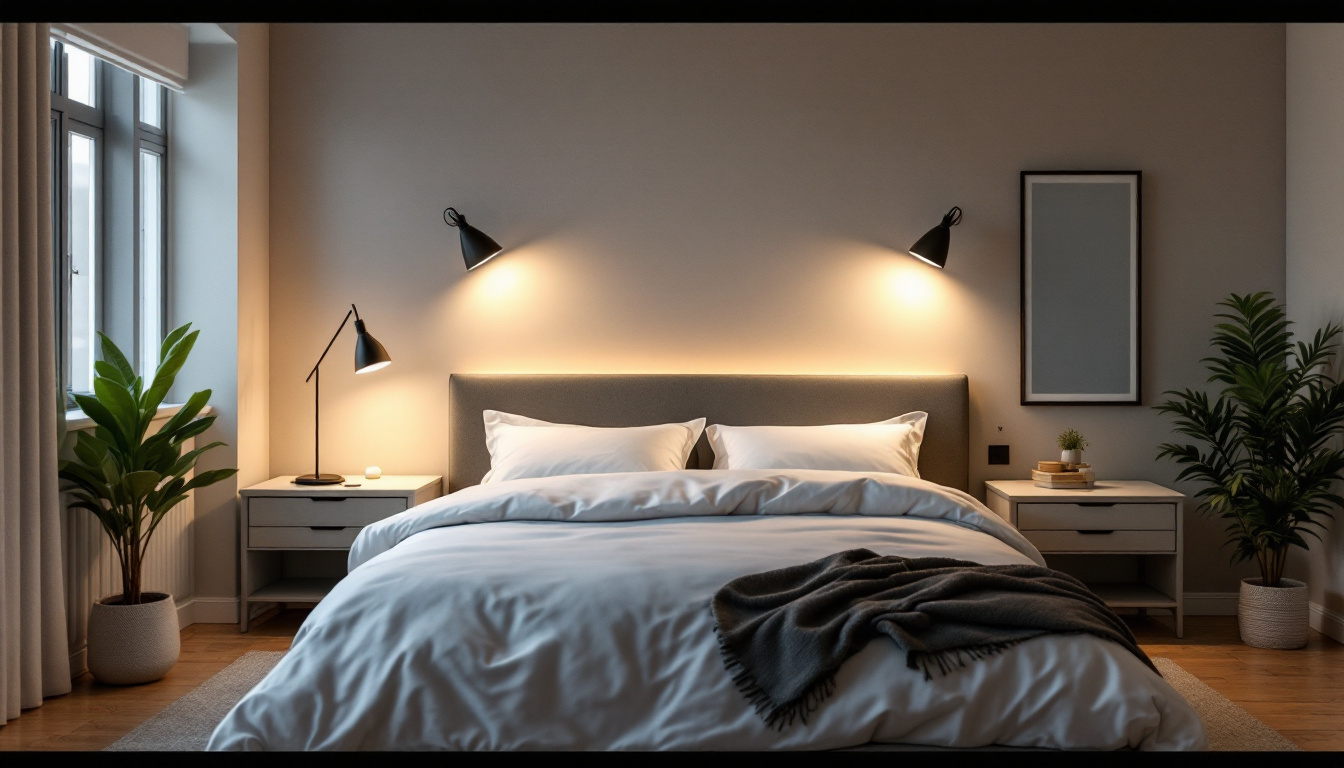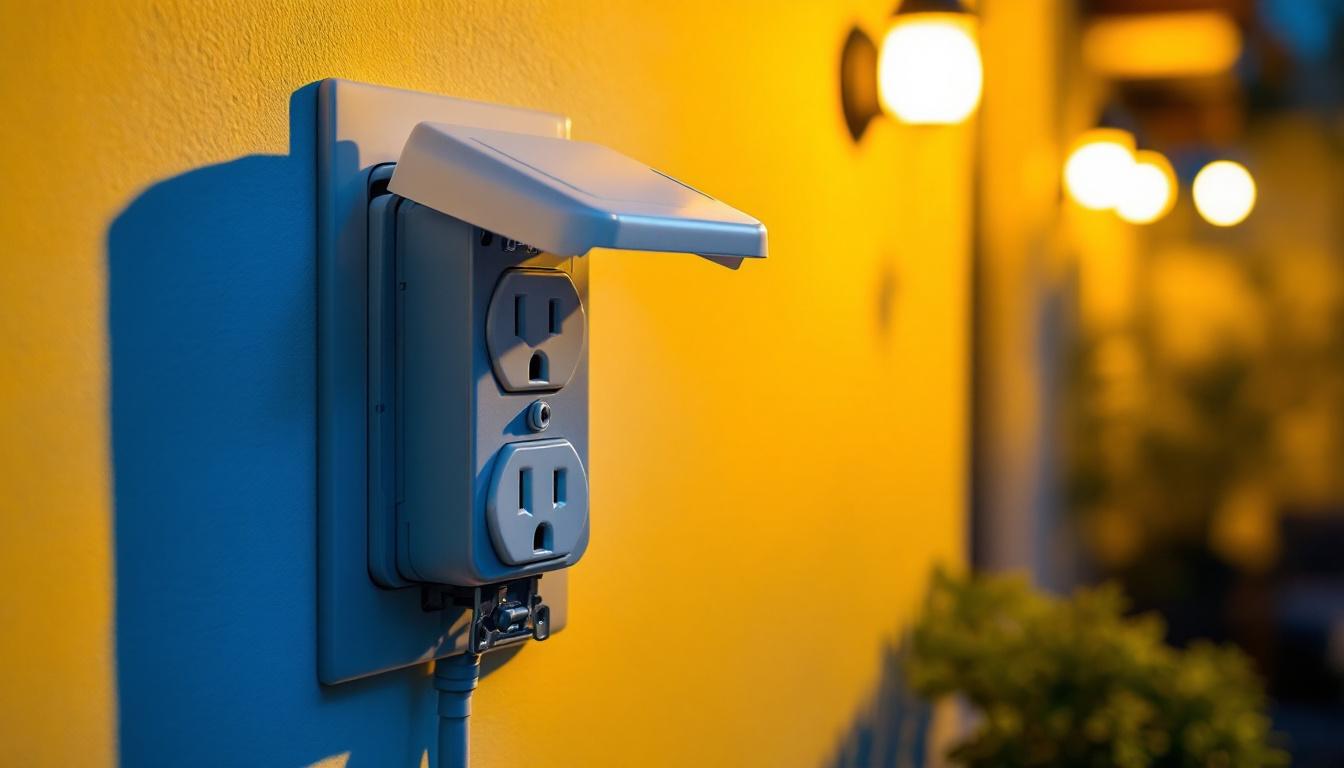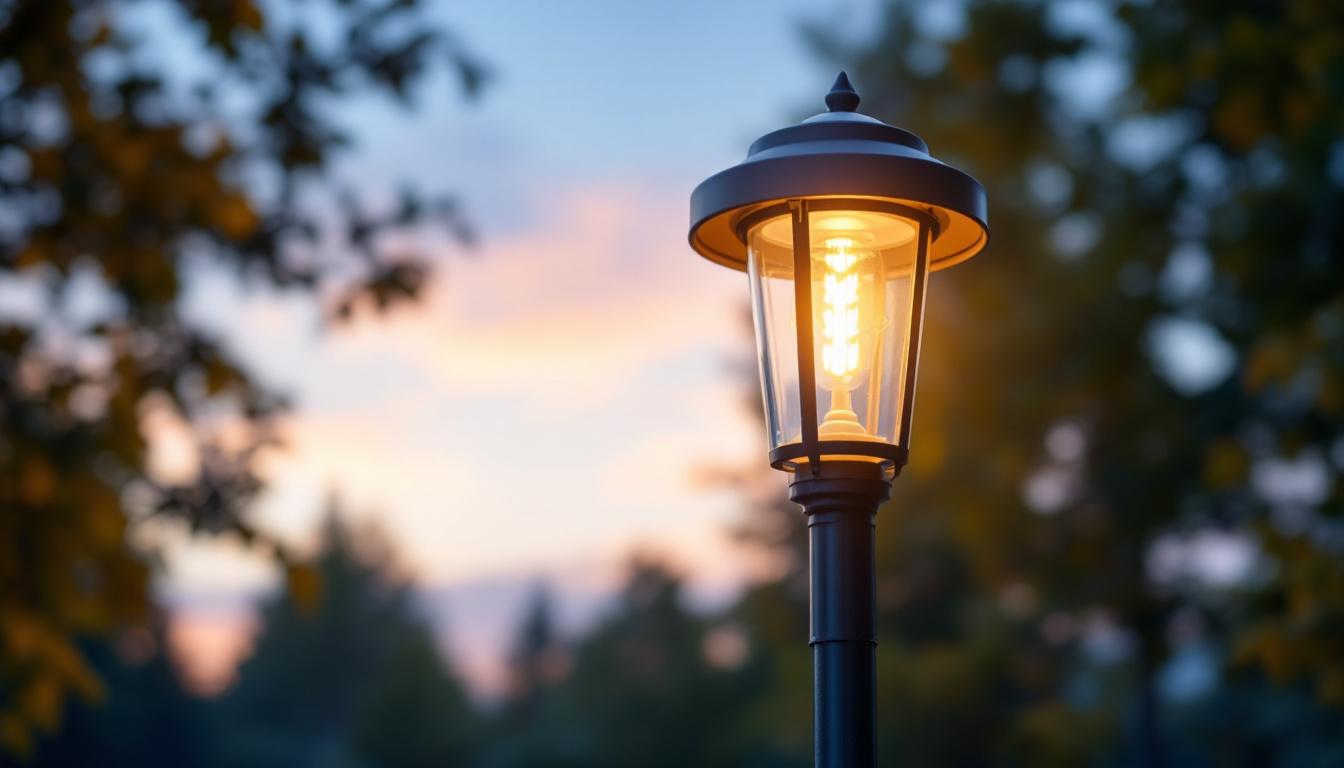
As a lighting contractor, understanding the nuances of bed lighting is essential for creating inviting, functional, and aesthetically pleasing spaces. The right lighting can transform a bedroom into a sanctuary, but common mistakes can lead to dissatisfaction. This guide aims to highlight those pitfalls and offer insights to ensure successful lighting projects for beds.
Before diving into the specifics of lighting design, it is crucial to understand the unique requirements of bed lighting. This involves considering the various activities that take place in the bedroom, such as reading, relaxing, and preparing for sleep. Each of these activities demands different lighting solutions to enhance comfort and usability. For instance, a soft, warm glow is ideal for winding down at the end of the day, while brighter, focused lighting is essential for tasks like reading or working on a laptop. Balancing these needs is key to creating a harmonious bedroom environment.
The size and layout of the bedroom play a significant role in determining the type and placement of lighting fixtures. A small room may require more focused lighting solutions, while larger spaces can benefit from layered lighting techniques. Understanding the dimensions will help in selecting appropriate fixtures that do not overwhelm the space. Additionally, considering the placement of furniture and architectural features, such as windows and built-in shelves, can influence how light is distributed throughout the room. For example, positioning bedside lamps on nightstands can provide direct light for reading while also contributing to the overall ambiance of the room.
Every client has unique preferences regarding lighting intensity and color temperature. Some may prefer warm, soft lighting for a cozy atmosphere, while others might opt for brighter, cooler tones for functionality. Engaging with clients to understand their needs can prevent missteps in the design process. Furthermore, it is essential to consider the psychological effects of different lighting types. Warm lighting can evoke feelings of comfort and relaxation, making it an excellent choice for bedrooms, while cooler lighting can enhance alertness and focus, which may be beneficial for those who use their bedrooms for work or study. By carefully assessing these preferences, designers can create a tailored lighting plan that not only meets practical needs but also enhances the overall mood of the space.
Even seasoned lighting contractors can make mistakes when designing bed lighting. Recognizing these common errors can help avoid costly revisions and ensure client satisfaction.
One of the most significant mistakes is neglecting the concept of layered lighting. Relying solely on overhead fixtures can create harsh shadows and an uninviting atmosphere. Incorporating ambient, task, and accent lighting can enhance the overall feel of the bedroom. For example, bedside lamps can provide task lighting for reading, while wall sconces can add a touch of elegance and warmth. Additionally, using floor lamps or LED strip lights can create a cozy ambiance, especially when placed strategically to highlight architectural features or artwork. Layered lighting not only improves functionality but also contributes to the room’s aesthetic, allowing for a more personalized and inviting space.
Another common oversight is failing to include dimming options in the lighting design. Dimmers allow users to adjust the light intensity according to their needs, creating a versatile environment. This flexibility is particularly important in bedrooms, where lighting requirements can change throughout the day and night. For instance, bright lighting may be necessary for morning routines, while softer, warmer tones are ideal for winding down in the evening. Furthermore, integrating smart lighting systems can enhance this experience, enabling users to control their lighting via smartphone apps or voice commands, thus adding a layer of convenience and modernity to the bedroom.
Choosing fixtures that are proportionate to the size of the room and furniture is crucial. Oversized fixtures can overwhelm a small space, while tiny lights may get lost in a larger room. It is essential to consider the scale of both the lighting fixtures and the surrounding elements to create a harmonious balance. Additionally, the height at which fixtures are hung can also affect the perception of space; for example, pendant lights should be positioned to allow for adequate headroom while still providing effective illumination. Thoughtful consideration of scale not only enhances the visual appeal but also ensures that the lighting serves its intended purpose effectively, creating an environment that feels both spacious and intimate.
The selection of fixtures is a critical aspect of bed lighting design. The right choices can enhance the functionality and aesthetic appeal of the space.
There are various types of fixtures to consider, including pendant lights, chandeliers, wall sconces, and bedside lamps. Each serves a different purpose and can dramatically alter the room’s ambiance. For instance, pendant lights can add a modern touch, while traditional chandeliers may evoke a sense of elegance. Understanding the client’s style and the overall theme of the bedroom is essential when selecting fixtures.
In today’s environmentally conscious world, energy-efficient lighting solutions are more important than ever. LED bulbs, for example, consume less energy and have a longer lifespan compared to traditional incandescent bulbs. Educating clients about the benefits of energy-efficient options can lead to more sustainable choices and lower energy bills.
The color temperature of the lighting can significantly impact the mood of the bedroom. Warmer tones (around 2700K to 3000K) are often preferred for creating a cozy atmosphere, while cooler tones (above 4000K) can promote alertness. It is vital to consider the intended use of the space and the preferences of the occupants when selecting color temperatures.
Effective placement of lighting fixtures is crucial for achieving the desired effects. Proper positioning can enhance functionality and aesthetics, making the space more enjoyable.
Placing bedside lamps or sconces at the right height is essential for functionality. Ideally, the light source should be at eye level when seated on the bed. This positioning minimizes glare and provides adequate illumination for reading or other activities. Additionally, ensuring that the fixtures are placed within easy reach can enhance user convenience.
Accent lighting can be used to highlight artwork, architectural features, or decorative elements in the bedroom. This not only adds visual interest but also creates a layered lighting effect that enhances the overall ambiance. Strategically placed recessed lights or adjustable spotlights can serve this purpose effectively.
Dividing the bedroom into functional zones using lighting can improve the overall usability of the space. For instance, a reading nook can be illuminated with focused task lighting, while a relaxation area can feature softer ambient lighting. This zoning approach allows for a more tailored experience, catering to the various activities that take place in the bedroom.
With the rise of smart home technology, integrating advanced lighting controls into bed lighting design can elevate the user experience. Clients increasingly seek automation and convenience in their lighting solutions.
Smart lighting systems allow users to control their lights through mobile apps or voice commands. This technology can enhance convenience, enabling clients to adjust lighting without leaving their bed. Additionally, features such as scheduling and remote access can provide added security and energy savings.
Incorporating motion sensors into the lighting design can improve functionality and safety. For example, lights that automatically turn on when someone enters the room can provide convenience during nighttime trips to the bathroom. However, it is essential to ensure that these sensors are correctly calibrated to avoid unnecessary activation.
Beyond functionality, the aesthetic appeal of bed lighting is paramount. The right lighting can enhance the overall design of the bedroom, contributing to a cohesive look.
When selecting fixtures, it is crucial to consider the overall style of the bedroom. Whether the design is modern, traditional, or eclectic, the lighting should complement the existing decor. Mixing and matching styles can create visual interest, but it is essential to maintain a sense of harmony throughout the space.
Decorative lighting fixtures can serve as statement pieces that enhance the room’s character. Unique designs, such as sculptural lamps or artistic chandeliers, can draw attention and become focal points in the bedroom. However, it is important to balance these elements with functional needs to avoid overwhelming the space.
Color and texture play a significant role in the overall aesthetic of bed lighting. Choosing fixtures with interesting textures or finishes can add depth to the design. Additionally, incorporating colored bulbs or shades can create a specific mood or ambiance, allowing for further customization of the space.
Designing effective bed lighting requires a thoughtful approach that considers functionality, aesthetics, and user preferences. By avoiding common mistakes and implementing best practices, lighting contractors can create spaces that not only meet the needs of their clients but also enhance the overall atmosphere of the bedroom.
Staying informed about the latest trends and technologies in lighting design can further elevate the quality of work. Continuous education and adaptation to client needs will ensure that lighting contractors remain at the forefront of the industry, delivering exceptional results that transform bedrooms into inviting retreats.
Ready to elevate your bed lighting designs with the finest selection of lighting products? Look no further than LumenWholesale, where we provide contractors with top-quality, spec-grade lighting at unbeatable wholesale prices. Say goodbye to local distributor markups and hello to superior lighting that meets the highest industry standards. With our hassle-free bulk buying and free shipping, you can ensure your projects shine with reliability and high performance. Don’t compromise on quality or value; choose LumenWholesale for the perfect blend of affordability and convenience. Start browsing our extensive selection today and experience Wholesale Lighting at the Best Value.

Discover how to choose the best GFCI outdoor outlet with cover for safety and durability.

Discover the essential role of Type B lamp bulbs in modern lighting projects.

Discover expert insights and best practices for selecting and installing light post fixtures in this comprehensive guide tailored for lighting contractors.

Discover the latest trends in solar lights for lamp posts that every lighting contractor needs to know.